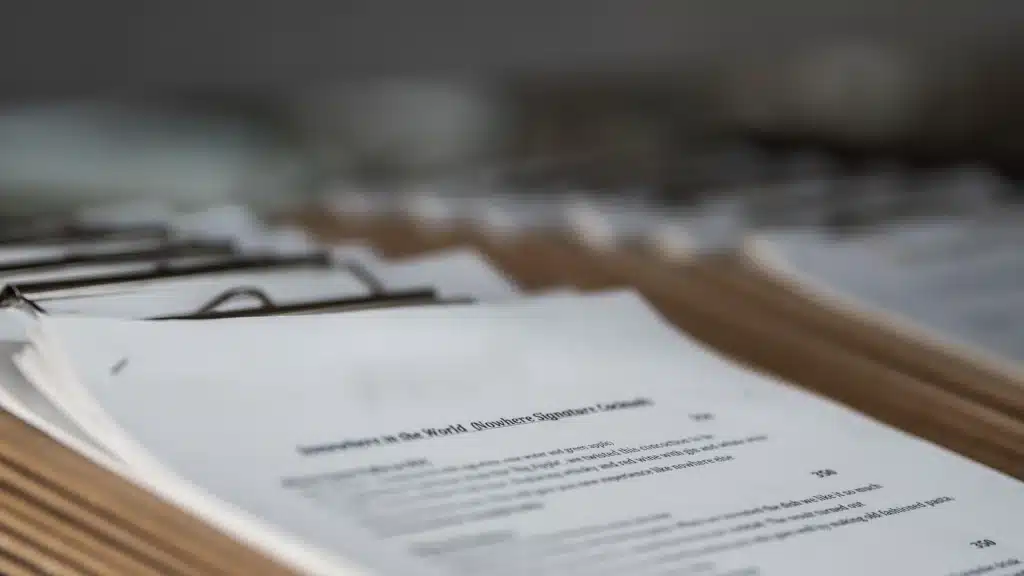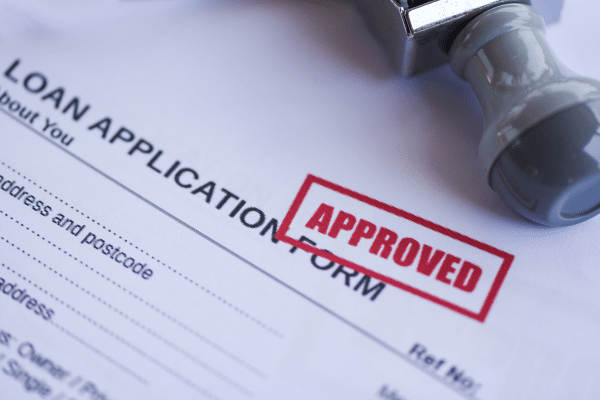Apr 1, 2023
Looking out for fake, falsified, fraudulent bank statements

Whether you’re working in banking, lending, payments, insurance, property management or even government, you’re likely to need applicants, customers or citizens to provide bank statements for verification purposes.
How do you make sure these statements are legitimate? We’ll explore some of the challenges, giveaways and solutions available to identify high-risk statements to protect you from fraudsters.
First, the problem
Bank statements are used for verification purposes across a wide range of industries. It’s no secret that one of the challenges with bank statements is that fraudsters can easily falsify or fabricate fraudulent bank statements.
Until recently, fake statements were typically easy to detect with the human eye: Mismatched fonts, obviously fake layouts and in some cases ridiculous attempts meant human reviewers had an easy task – “what were they thinking!?”
However, more recently fraudsters have evolved and become more sophisticated, meaning these documents are often only detected once it’s too late.
The challenge of document fraud detection
Detecting fake, false or fraudulent bank statements is difficult because with bank statements the devil is in the detail. We find bank statement fraud is manifested in either the layout, statement data or its digital makeup:
Layout
It’s a common misconception that there are “only a handful” of statement types. Manual review is a nightmare! In Australia, there are over 62 banks and 90+ non-bank lenders. Assuming each offers three products and each lender two products – that’s at least 360 different statement types, which constantly change.
Bank statement content
Reviewing statement/transactional data with a forensic eye is time-consuming and error-prone. Given the large variety of formats of various statements, it’s nearly impossible for a human to recognise incorrect details around content and format and transactional data.
Digital properties
Performing a consistent, deep and conclusive review of a document’s digital footprint is almost impossible if you are not a document forensics expert. Even then, it can often end in more questions than answers. Knowing the normal properties across high volumes of documents is one of the only ways to identify anomalies, which are often indicators of falsified bank statements.
What you can do to catch these fraudsters
Do nothing – rely on people as today
Have people attempt to identify fraudulent documents in the course of completing other activities such as income verification.
This method is slow, unscalable and inconsistent, however workable if you have low loan volumes and perform extensive background checks (such as employer telephone calls or calls to other financial institutions).
Utilise a transaction or bank statement scraping service
There are a large number of transaction or statement scraping services that work for Australian bank accounts.
These services require the borrower to input their internet banking login to work which ensures that only a genuine statement is downloaded, directly from the bank on the applicant’s behalf.
The downside to such a service is that it causes friction in the application process leading to application “drop off”, ie. some applicants will not proceed down this path
These services often can’t process scanned or photographed statements either, which means a large chunk (around 65% in our experience) of applicant documents are not fraud-checked at all!
Implement a document fraud detection product such as Fortiro Protect
Using a document fraud detection product, such as Fortiro Protect, will provide you with fraud detection coverage for bank statements, regardless of whether they are scanned, photographed or the original PDF from the bank.
Protect will automatically work through documents, identify high-risk statements for your team to action, and provide you with the confidence to accelerate those without any concerns.
The key benefits are that it’s quick to deploy, detects fraud more consistently and reliably than humans can, and does so in real-time and much faster, while delivering an excellent ROI without impacting the borrower, broker or banker experience.
How a document fraud detection product helps
Fraudsters are becoming more sophisticated. Relying on the human eye is no longer an effective approach or the best solution.
A document fraud detection product allows your team to focus on deeper verification or analysis of deals, to enable a great customer experience and better lending outcomes.
Get a demo today
Get a demo of Fortiro’s income document verification platform to see how it can help you.


